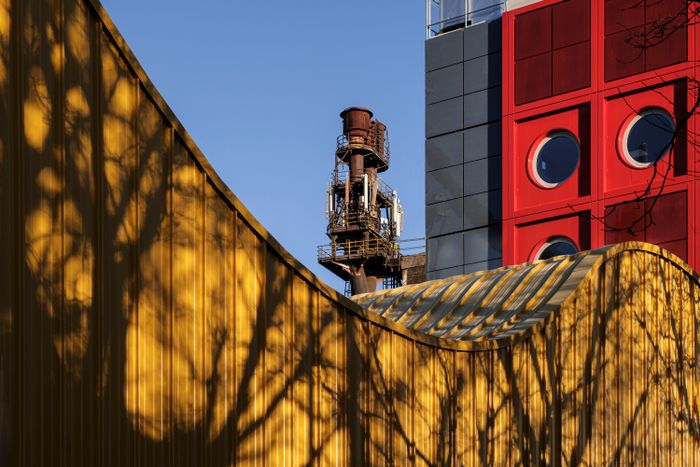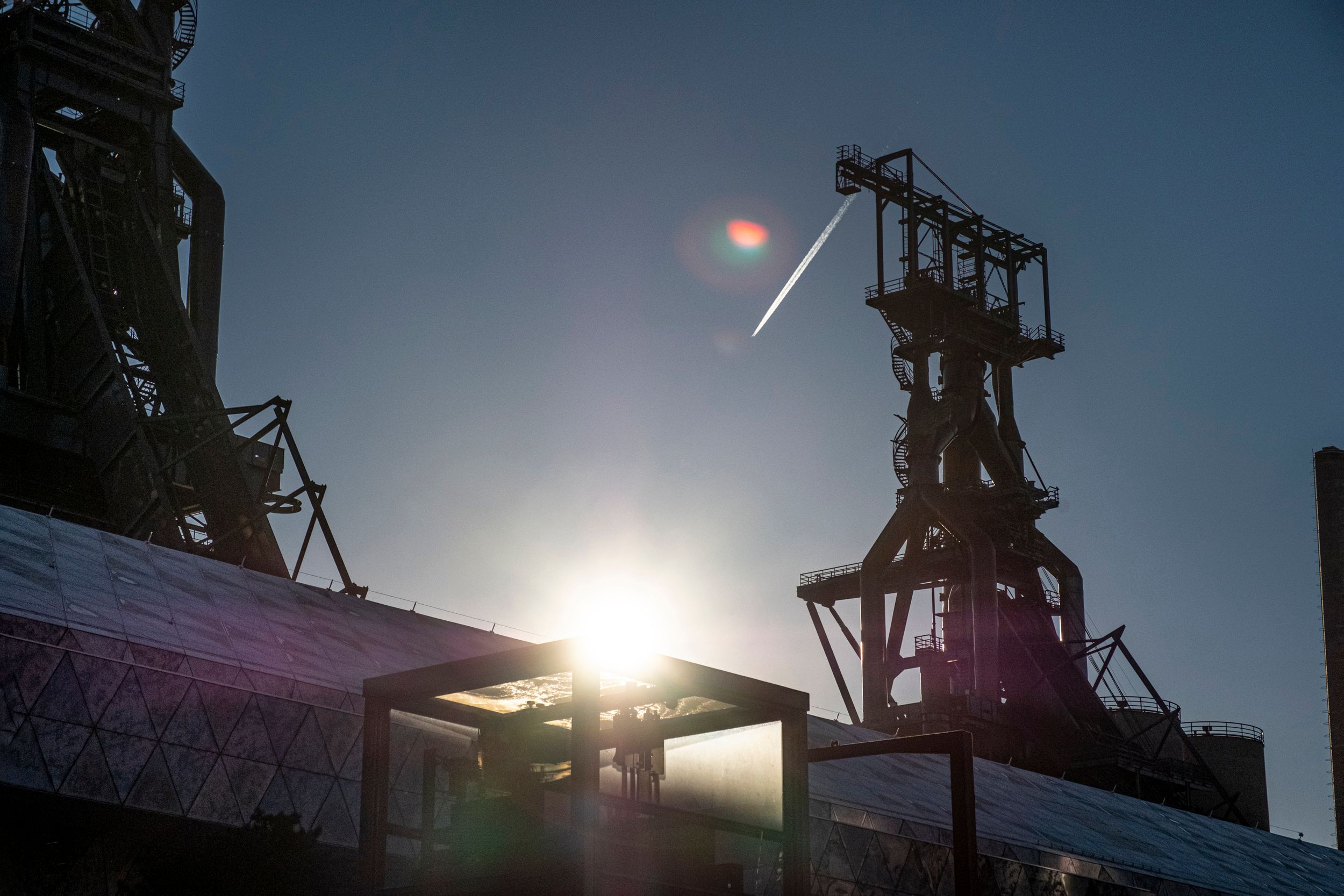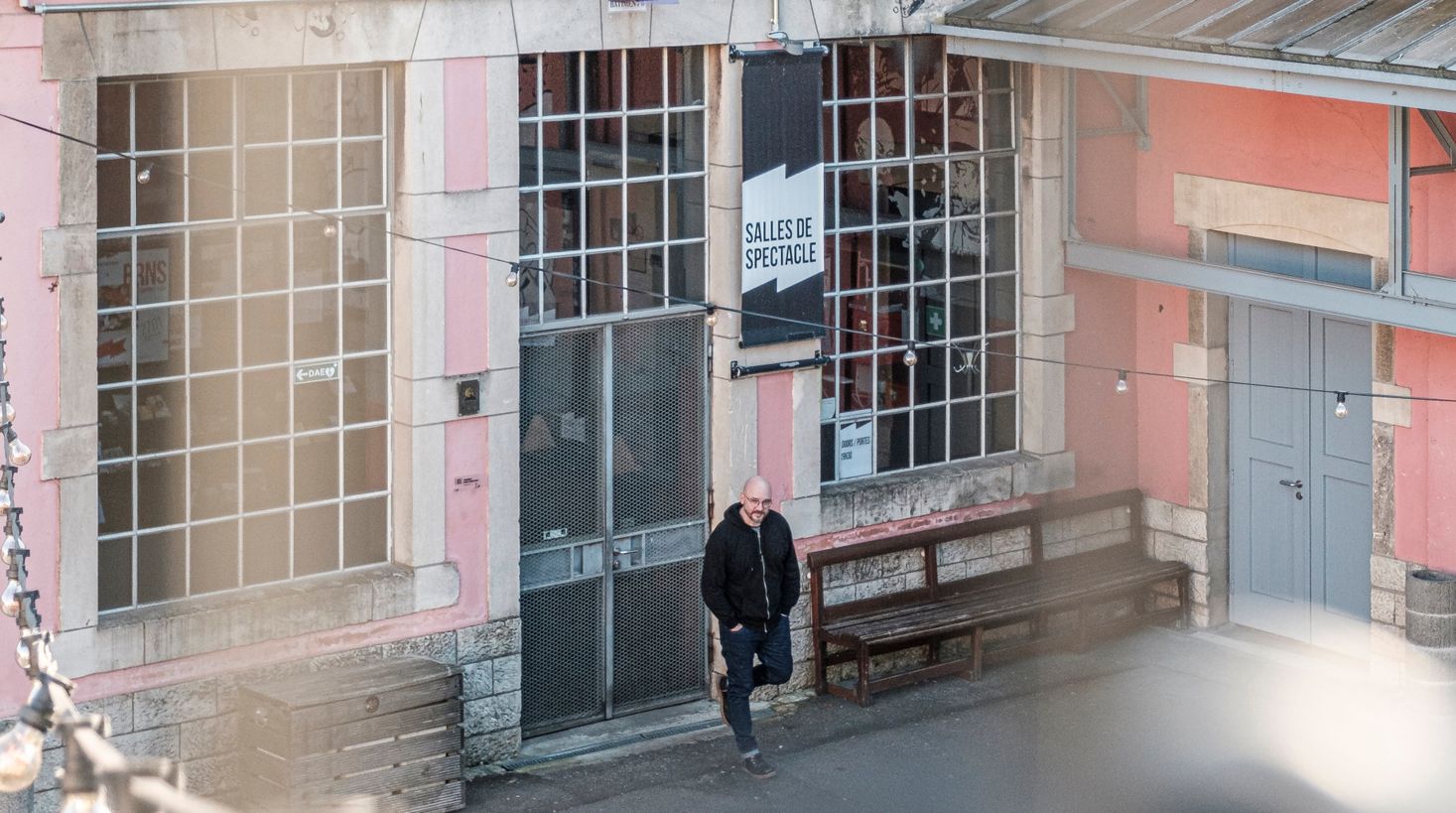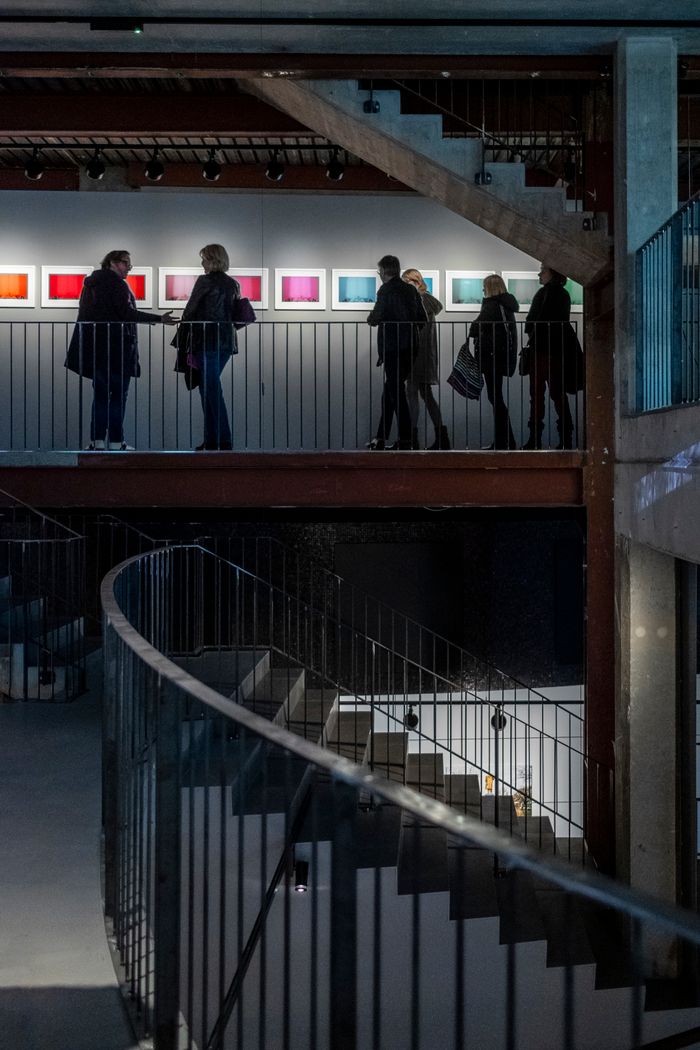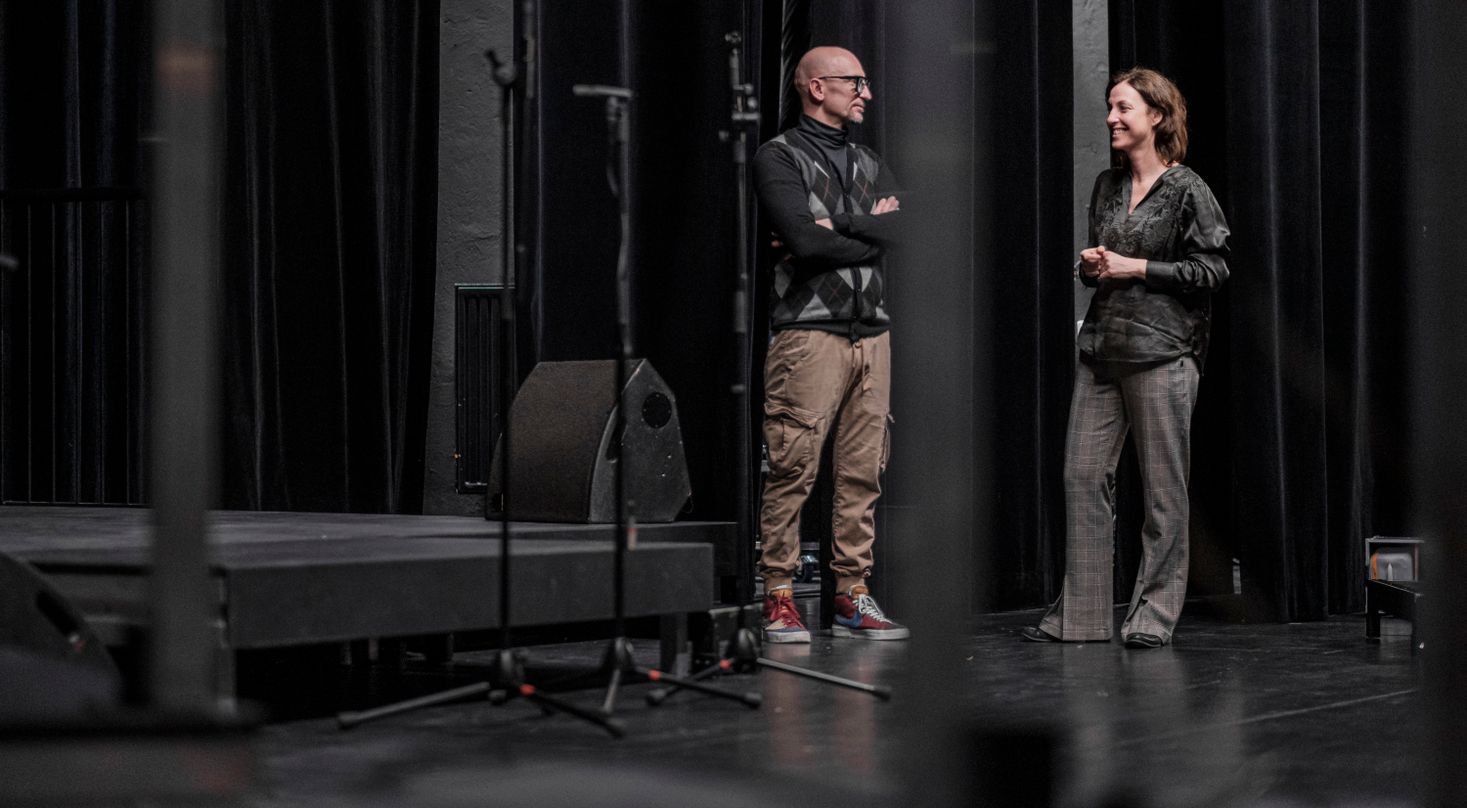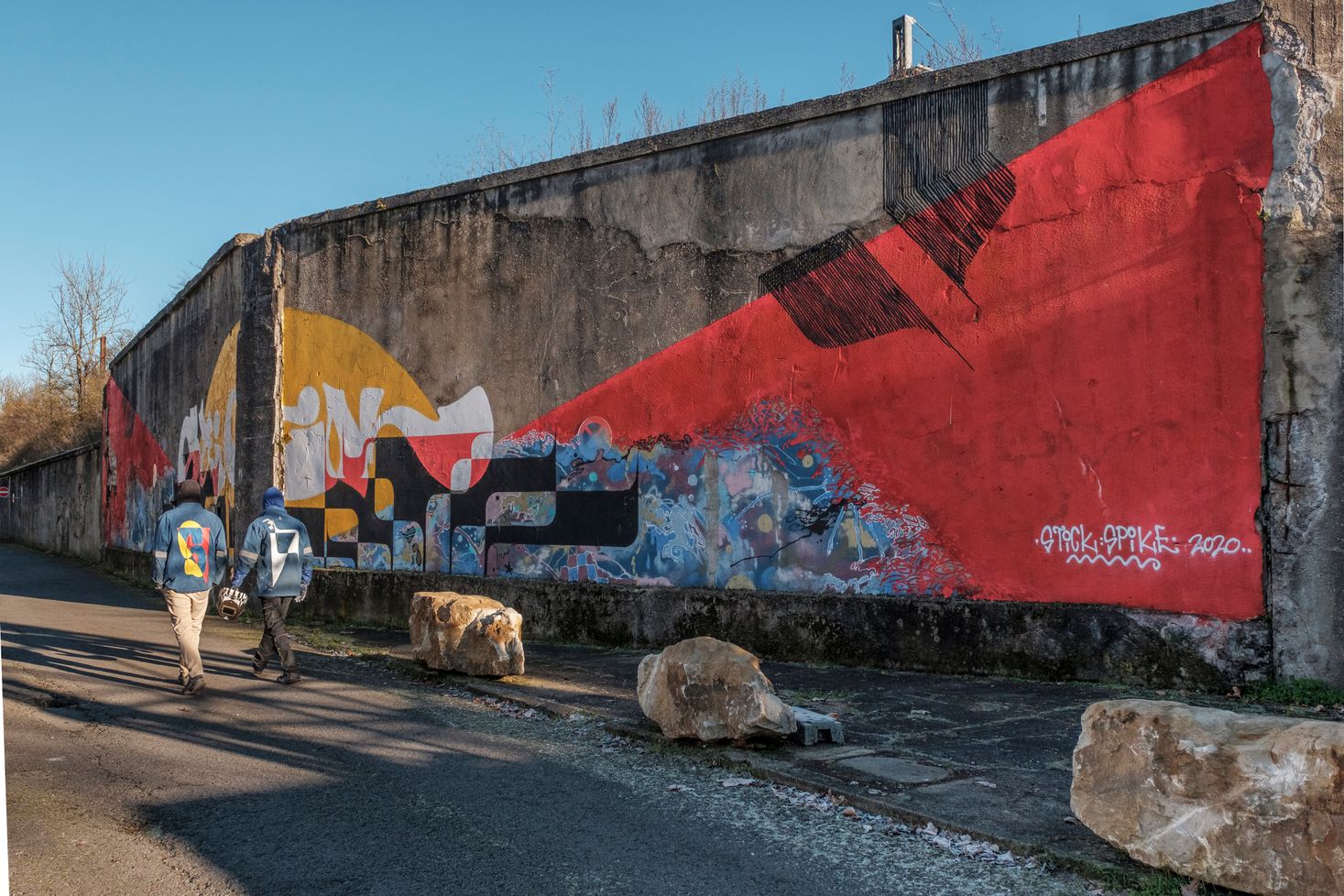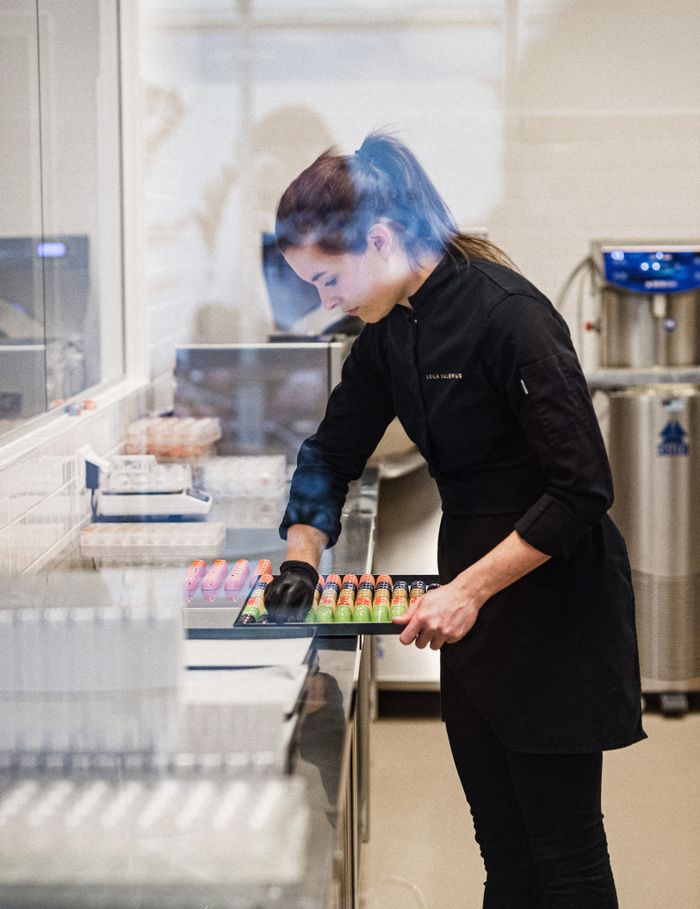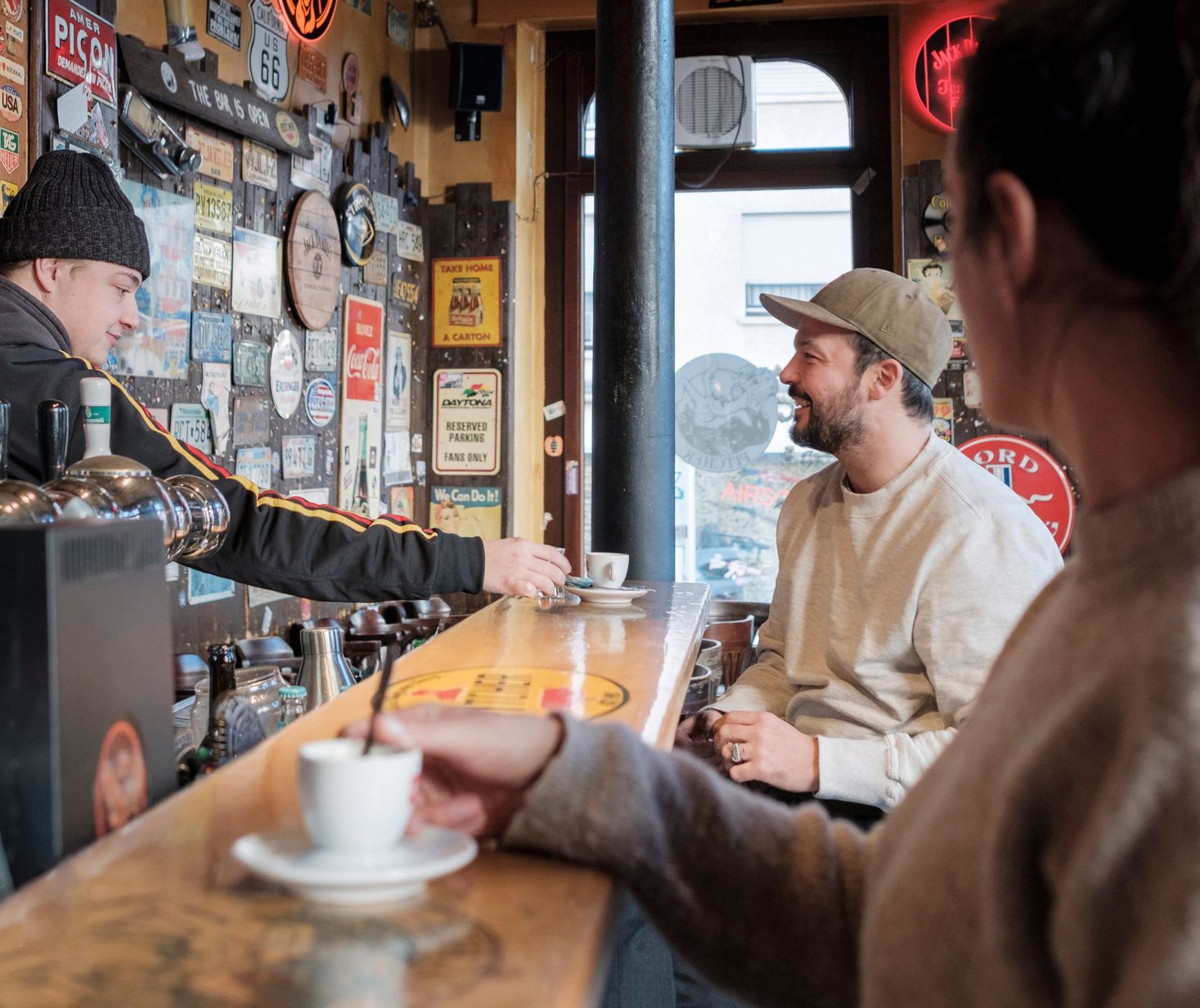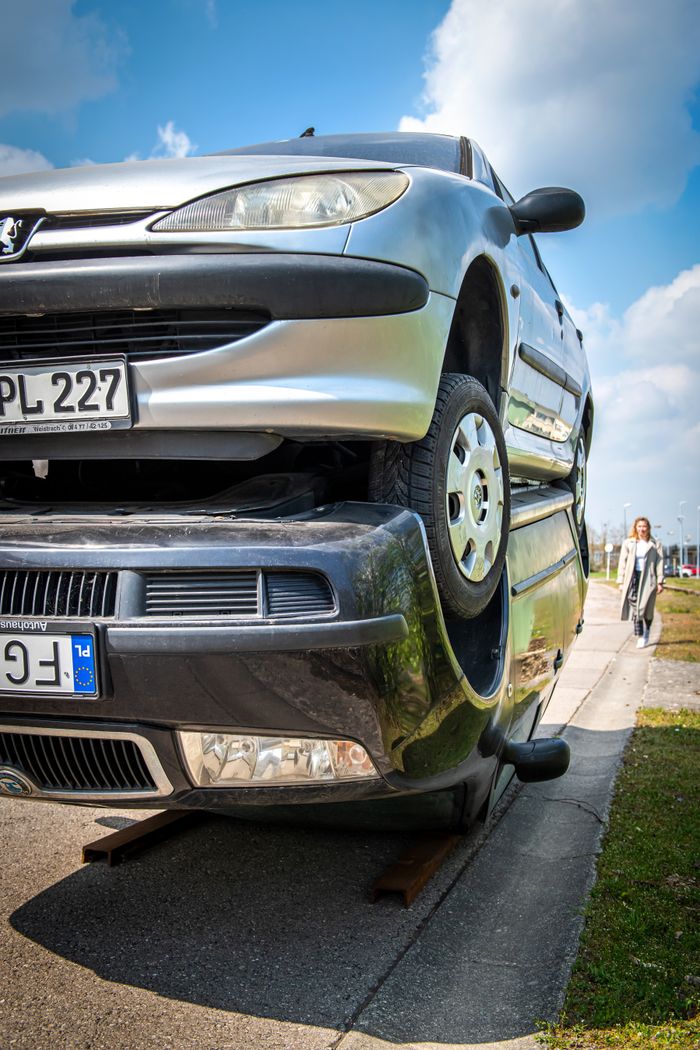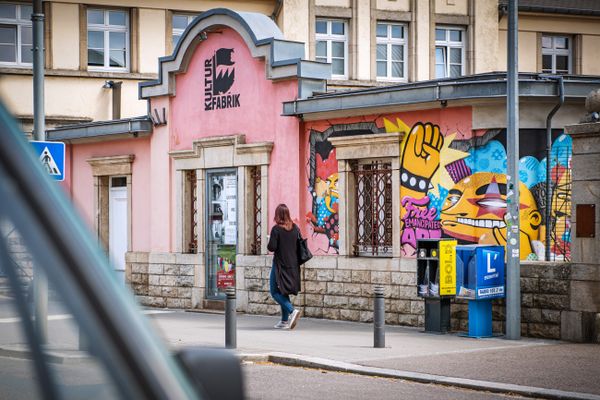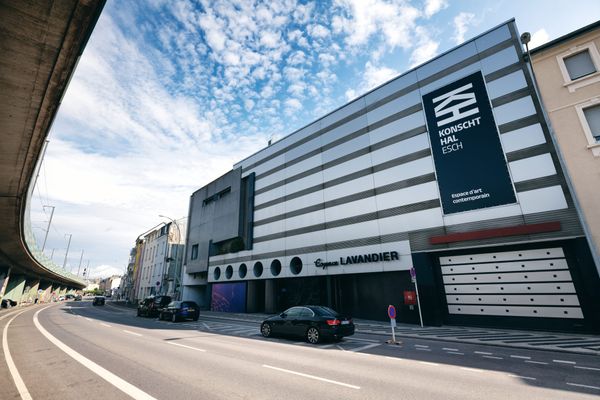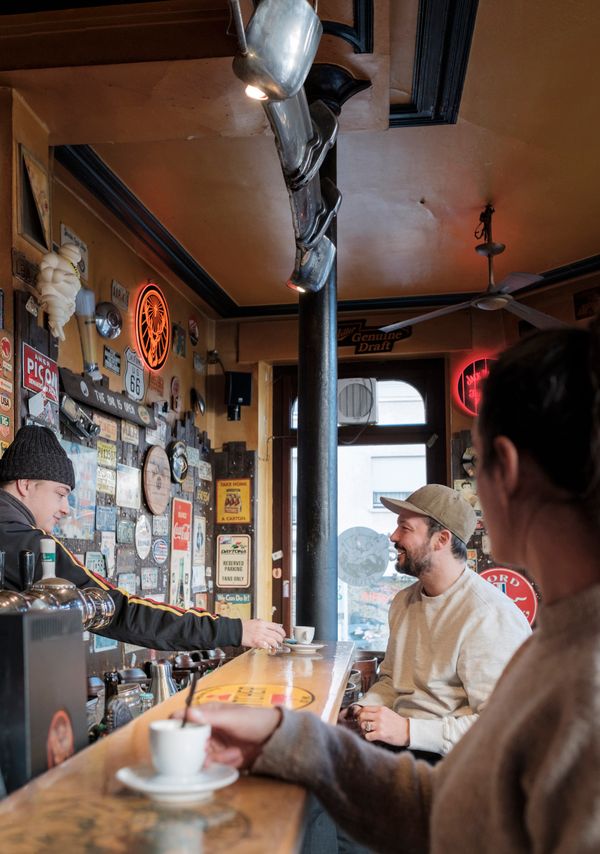Wild little sister
The furnaces might be cold, but Esch-sur-Alzette is still hot! From rock concerts, street art and theatre to the continuous reinvention of industrial facilities, this town is an alternative insider tip!
“My grandfather always told us work stories about fire-spewing dragons and steel monsters. He spoke of the incredible heat at the plant and the perpetual red shimmer reflected in the sky. Day and night. It was like a never-ending sunset. It was both beautiful and at the same time evidence of the hard labour men performed in the Minett region,” says Chrissi, who was born here. As she shares her story with us, we see the furnaces her grandfather so vividly described. We meet Chrissi at the Esch2022 office in the Belval district, where she works as a volunteer coordinator for the European Capital of Culture Esch2022.
